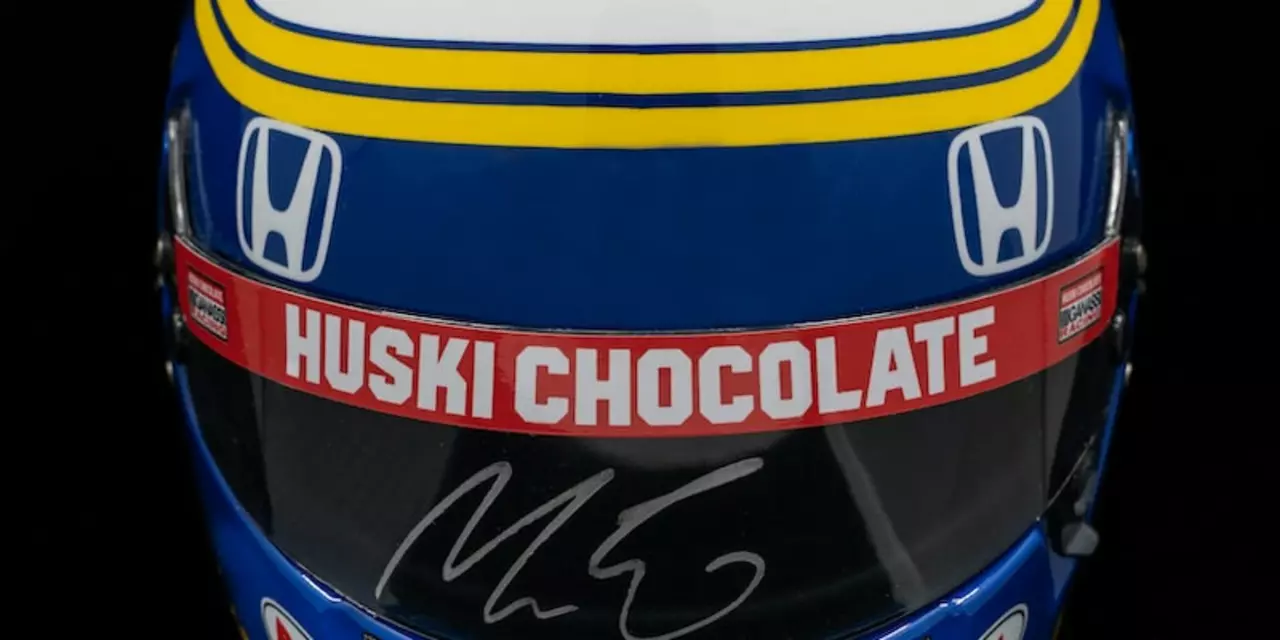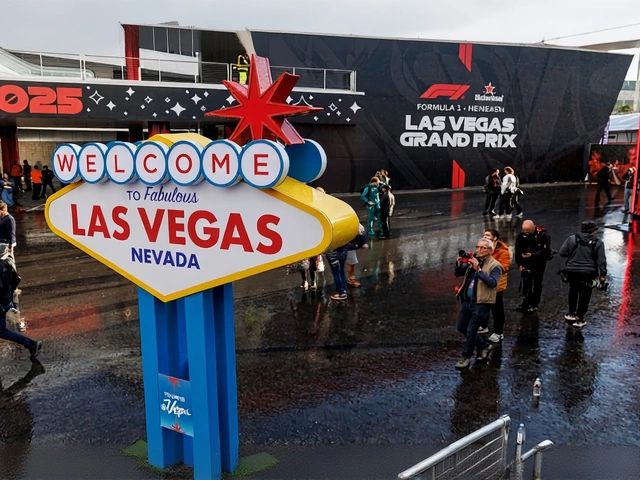Popularity in Motorsports: Why Some Topics Capture Everyone’s Attention
Ever wonder why a few motorsport stories spread faster than the rest? It usually comes down to excitement, drama, and a dash of surprise. Fans love to hear about the hardest races, the fastest laps, and the skills that set drivers apart. When a topic hits those notes, it instantly climbs the popularity ladder.
What Makes a Motorsport Topic Popular?
First, the physical challenge. Articles about the most demanding events – like MotoGP’s crazy G‑forces or rally’s unpredictable terrain – grab readers because they showcase raw human effort. People picture a rider battling five‑g turns or a driver navigating mud and snow, and that image sticks.
Second, record‑breaking speed sells. A quick look at the top IndyCar and Formula 1 speeds, for example, sparks curiosity. Numbers like 242 mph or 231 mph give fans a concrete way to compare series and brag about their favorite teams.
Third, skill debates spark conversation. Debates over which motorsport needs the most skill – rally versus Formula 1 versus MotoGP – get people commenting, sharing, and arguing. Those discussions push the article higher in search results.
How Subaru Fits Into the Popularity Puzzle
Subaru fans have their own set of popular topics. Whether it’s the best Outback model or the latest rally win, anything that ties the brand to performance draws clicks. When Subaru’s motorsport achievements are highlighted alongside broader racing trends, the page becomes a hub for both brand lovers and general fans.
Because Subaru often competes in rally, the “most skill‑heavy” debate naturally features Subaru’s record. Readers looking for Subaru content end up on the same page as those curious about rally’s demands, boosting overall traffic.
Finally, pop culture crossovers boost popularity. A new Disney trailer or a celebrity‑owned pub may seem unrelated, but they attract a wider audience. When those stories appear alongside motorsport posts, they bring casual readers into the racing conversation.
In short, the most popular motorsport posts combine heart‑pounding action, record‑setting stats, skill debates, and a touch of brand or pop‑culture relevance. By focusing on those angles, you can predict which topics will rise in the rankings and keep readers coming back for more.








